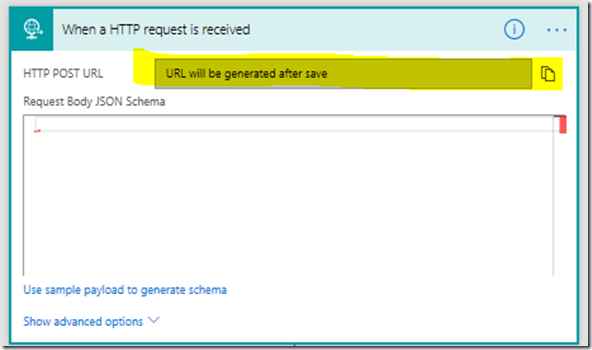
- USIN SWAGGER EDITOR AND CHANGING REQUEST URL UPDATE
- USIN SWAGGER EDITOR AND CHANGING REQUEST URL CODE
I prefer this approach because I have all my plugins setup (colour scheme, vim bindings etc).

Plugin, which allows you to write the OAS and preview the interactive document at the same time. My preferred way of writing an OAS is using VSCode with the This for work and confidentality matters. Run the swagger-codegen manually to generate the models locally, if you're using NOTE: If you use the editor to generate models (using swagger-codegn), it makes an API call toĪ remote server. OAS and you can see the OAS as an interactive document (half the screen for the editor and halfįor the interactive document). We can use the online swagger editor, which allows us to edit the There are a few tools that can make this a bit easier. We will use YAML to do this because I think it's much easier to readĪnd almost all specifications you see will be written in YAML (not JSON).
USIN SWAGGER EDITOR AND CHANGING REQUEST URL CODE
In this article our code will be using the following structure.įirst thing we do is define our OAS. However everything in this article should be applicable NOTE: At the time of writing this article OAS3 support had just come out for codegen. Have access to all the functionality we would have when developing a normal Flask web API. Simple wrapper around Flask reducing the boilerplate code you have to write as well. Is a Python library that "automagically" handles HTTP requests based on your OAS. Swagger Codegen - generates server stubs and client libraries from an OpenAPI spec.Swagger UI: Renders OAS as interactive API documentation (also can be seen within Swagger Editor).Swagger Editor: Browser based editor where you can write (and view) OpenAPI specs.#SwaggerĪ set of open-source tools built around the OAS that help support development, including: Openapi or the Openapi Specification (OAS), defines a standard language agnostic approach toĭeveloping RESTful APIs, which are both human and machine readable. Let's very quickly go over the tools and libraries we will use.
USIN SWAGGER EDITOR AND CHANGING REQUEST URL UPDATE
The aim of this approach is that you update your specification file first. Now what happens if youįorget? Now your API is different to what's documented which can be a real pain for your users. You have to update your documentation or your openapi yaml/json file. One of the main problems you'll find with using openapi is that every time you update your API Which will try to minimise the differences between what's defined in the API I will go over an API/documentation first approach to building a RESTful API in We will be using Flask, Swagger Code-Gen (OpenAPI) and Connexions. In this article we will go over a documentation first approach to building APIs. RESTful APIs are very popular at the moment and Python is a great language to develop


 0 kommentar(er)
0 kommentar(er)
